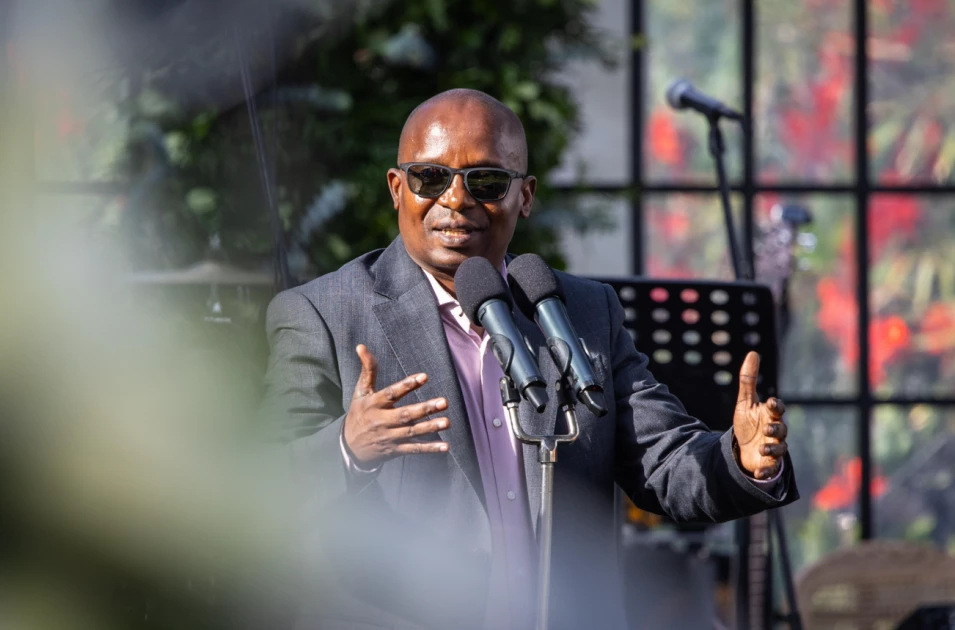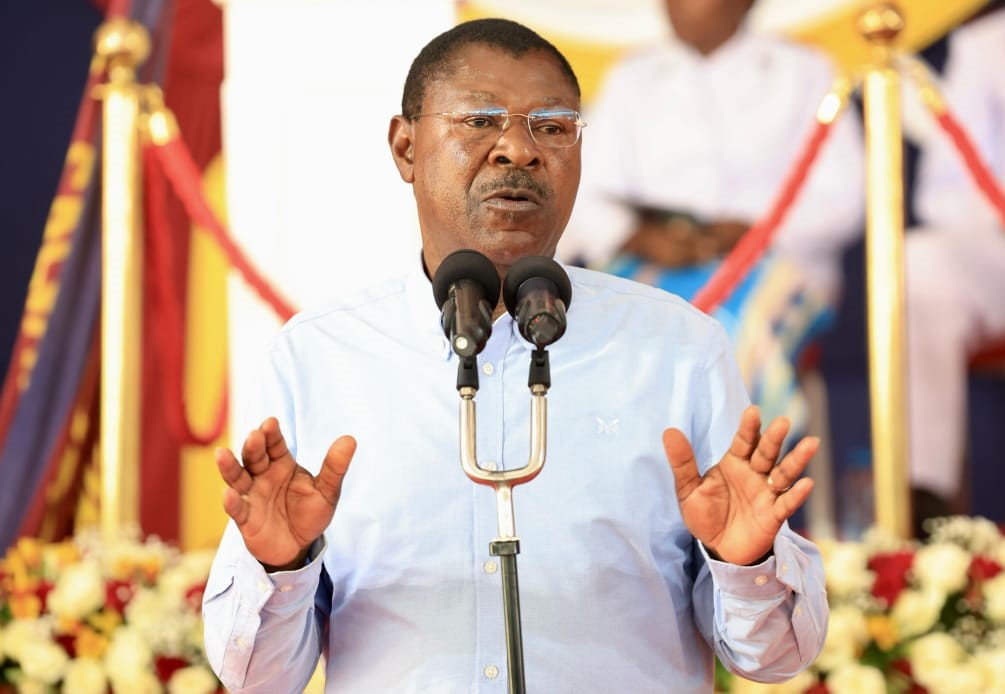By The Weekly Vision Reporter
Supreme Court Judge Mohammed Ibrahim is proceeding on terminal leave. His retirement is set for January 1, 2026. Justice Ibrahim has served as a judge for 23 years. He will retire upon reaching the constitutionally mandated age limit of 70. He was appointed to the Supreme Court in June 2011.
He served as Chairperson of the Judicial Service Commission (JSC)’s Learning and Development Committee. He was also a member of the Finance, Planning and Administration Committee and the Committee on the Administration of Justice. He chaired the Judiciary Committee on Elections. Previously, he served as a Judge of the High Court of Kenya between May 2003 and May 2011.
He studied law at the University of Nairobi before entering private practice. He joined the firm of Messrs Waruhiu & Muite Advocates in November 1982 and was subsequently admitted to the Roll of Advocates on 11 January 1983. He was the first member of the Kenyan Somali community to be admitted to the Bar as an advocate. He progressed within the firm, becoming a salaried partner in 1985 and a full partner in 1987.
He later established his own practice, Mohammed Ibrahim & Associates, in 1994. The firm subsequently expanded to become Ibrahim & Isaack Advocates in 1997. The firm litigated civil and constitutional matters and specialised in banking law, company law, bankruptcy, commercial law, property law, conveyancing, and insurance law.
Justice Ibrahim has invested heavily, both personally and professionally, in the protection of minority rights, particularly those of the Somali community in Kenya. He resisted the discrimination faced by Kenyan Somalis when the government gazetted the use of “pink cards”, secondary identity cards issued only after additional proof of citizenship, which relegated the community to second-class status.
He has a strong commitment to social justice and, while in private practice, undertook pro bono work and community service even under difficult circumstances. As a result of his opposition to aspects of the one-party regime, he was detained without trial in July 1990 and spent one month in solitary confinement at Kamiti Prison for giving legal advice and supporting pro-democracy advocates. He was an active member of the Law Society of Kenya and was elected to its Council in 1994 for a one-year term.
He worked with Kituo Cha Sheria and served on the board of the Legal Education and Aid Programme (LEAP). He was a founding trustee of the human rights organisation Mwangaza Trust until 1994. He is a past member of the Lawyers Committee for Human Rights and a current member of the Kenya Magistrates and Judges Association.
He was appointed as a Judge of the High Court on 22 May 2003 and first served in the Civil Division of the High Court, Milimani, Nairobi, from June until July 2003, before being transferred to the Commercial Division at Milimani. In 2004, he was appointed to the newly established Judicial Review and Constitutional Division of the High Court, where he remained until his transfer to the Eldoret High Court in January 2006.
He was the Resident Judge at Eldoret between 2007 and 2009, hearing matters for the entire North Rift Valley and occasionally assisting the High Court in Kisii. In July 2009, he was transferred to the High Court in Mombasa, where he also served as Resident Judge until his elevation to the Supreme Court of Kenya.





